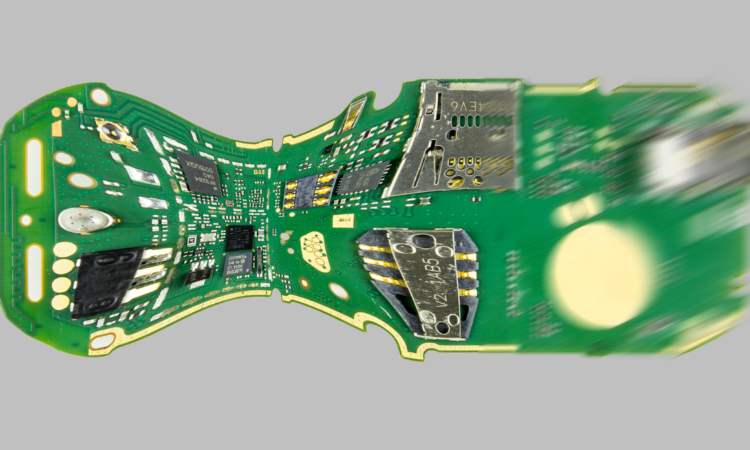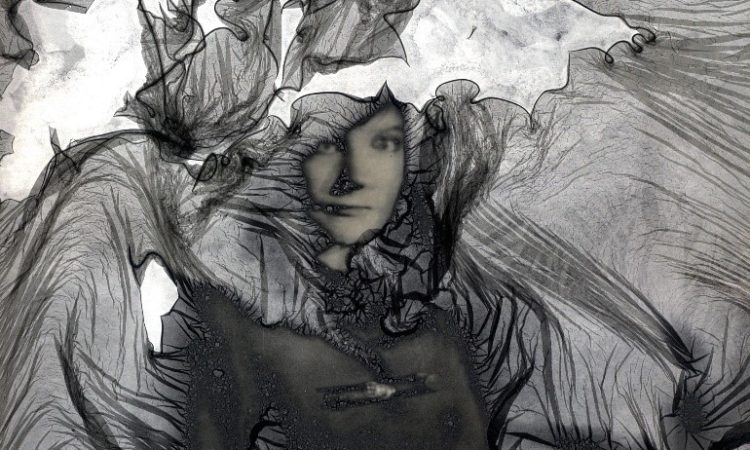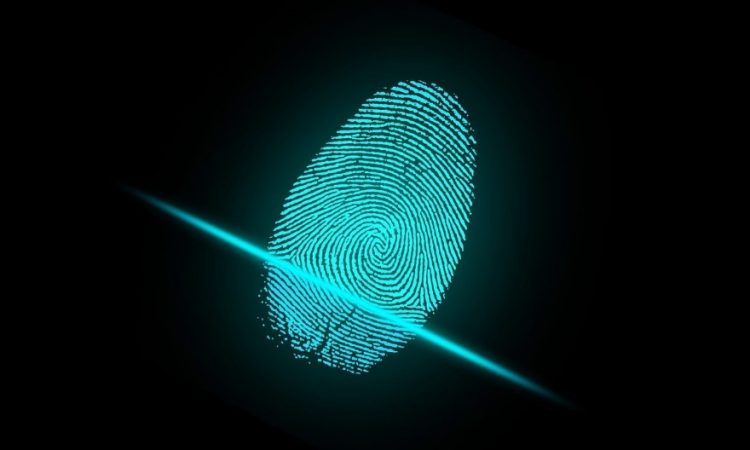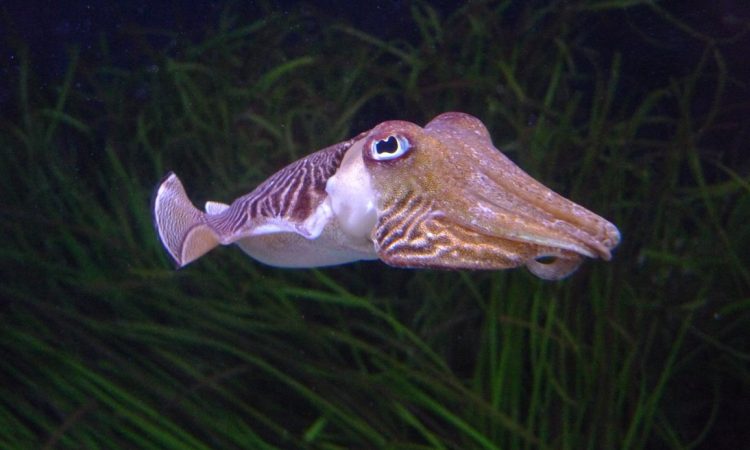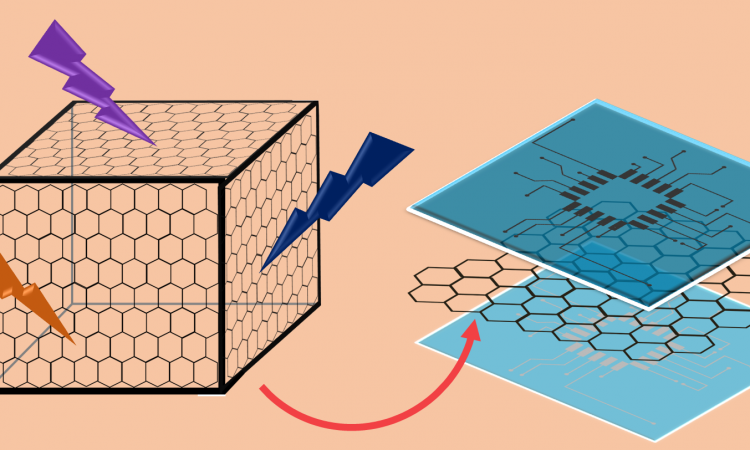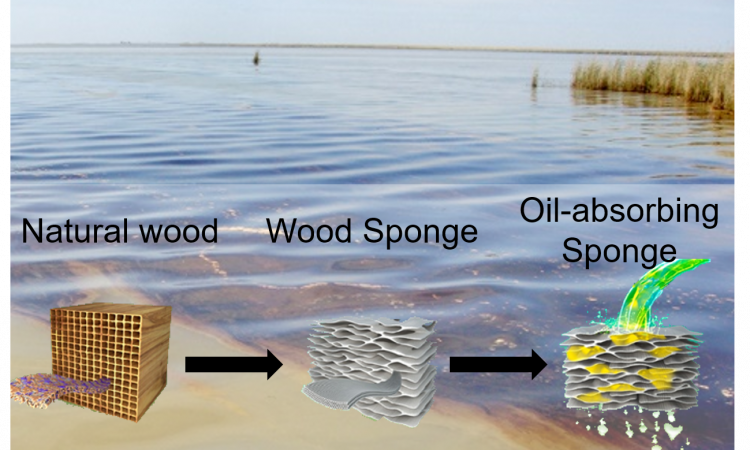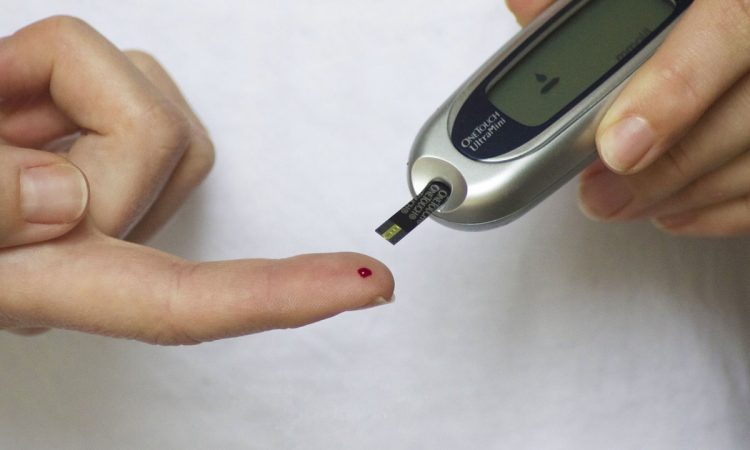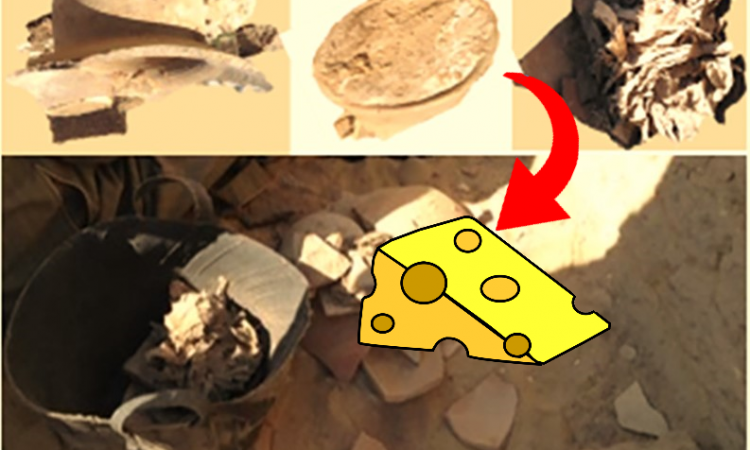A new study describes a semiconductor that is stretchable and degrades completely in acid – which can be used in next-generation electronics.
Chemistry of Photography: How Veiled Photographs are Made
Mordançage is a photography technique that has been used by artists for decades, but only recently have researchers discovered the chemistry behind the process.
“Invisible Ink” Nanoparticle Fingerprint Paper
A more secure way to collect biometric data: this nanoparticle-based paper uses your sweat as an “invisible ink” for fingerprints!
Treating Tumors with Cuttlefish Ink
Cuttlefish ink looks like a promising new treatment for tumors – with the help of nature’s nanoparticles!
Van der Waals forces form a molecular Faraday cage
Fundamental research may help us build tiny electronics – let’s return to Chemistry 101 and learn about van der Waals forces!
A wood sponge for cleaning oil spills
Can we clean oil spills with a block of wood? Researchers have made an oil sponge out of wood for just this purpose.
What can you do with a glucose meter?
More than you might think! Researchers have “hacked” glucose meters to detect enzymes, bacteria, and viruses using a device millions of people already use every day.
Proteomics Aids a Cheesy Discovery in Ancient Egypt
What can we learn when anthropology and chemistry join forces? Analytical chemists used proteomics to study the world’s oldest cheese sample discovered in an ancient Egyptian tomb.
Organic Molecules on Mars: The Possibility of Life Sparks Curiosity
Researchers collaborating on the Curiosity Mars Rover mission have discovered organic matter on Mars – a crucial ingredient to life as we know it. Let’s take a deep dive into what they found, how they did it, and what the data really mean.

